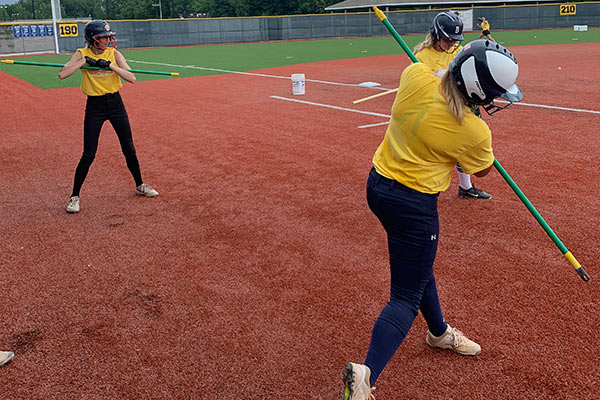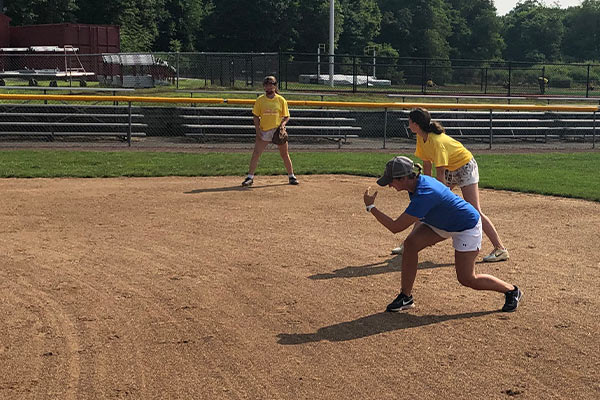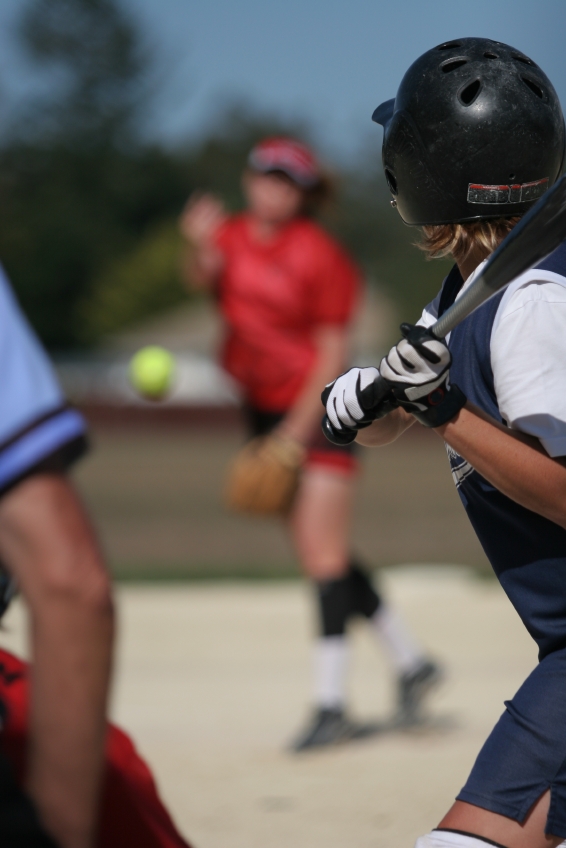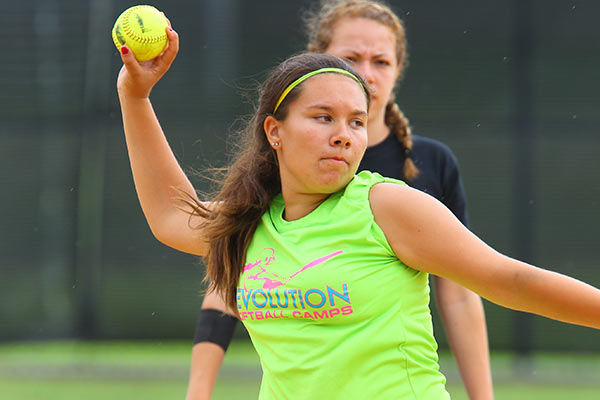Beginner Drills For Softball Players to Improve Baserunning

- Batting: stance improvement, hit-and-runs, pull hitting, bunting, and hitting for power.
- Pitching: pitching motions, release points, and communication between pitcher and catcher.
- Fielding: catching pop-ups and ground balls, performing relays, and turning double plays
- Baserunning: stealing, pickles, and tagging up
- Nutrition and conditioning



